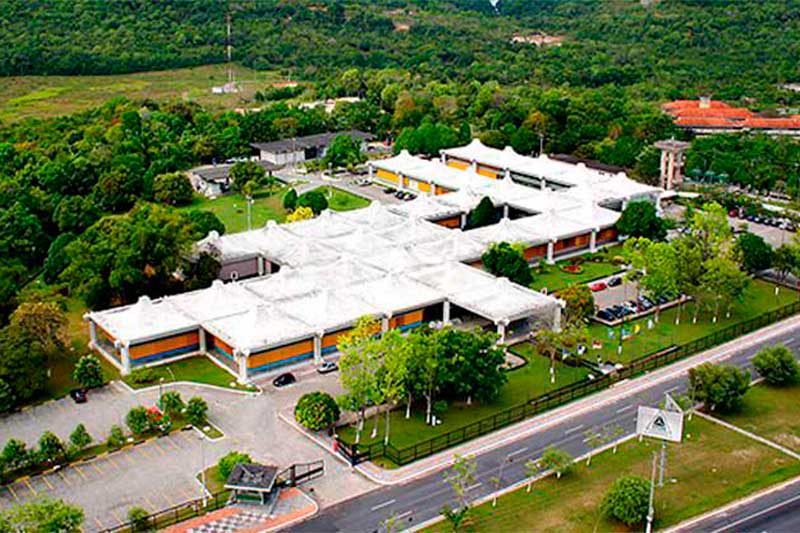RIO DE JANEIRO, BRAZIL – When the Manaus Free Trade Zone (ZFM) was created in 1957, it had a well-defined goal: to be an export hub.
The policy implemented at the time allowed companies located there to process the raw materials that passed through the port of Manaus and sell the product, with tax exemption, to the foreign market.

The scenario changed over time. During the military dictatorship, the ZFM became part of the strategy adopted by the government to occupy the Amazon.
Today, the Manaus Industrial Complex (PIM) is home to more than 500 companies and employs more than 80,000 people.
Its supporters claim that the Free Trade Zone is essential for the development of the region. To live up to this promise (to guarantee economic development in harmony with the environment) the ZFM will have to undergo yet another reinvention.
This is what the study “Improving the Manaus Free Trade Zone: lessons from international experience”, recently published by economist Amanda Schutze, a researcher at the Climate Policy Initiative and professor at PUC-Rio, suggests.
The article puts the ZFM under a magnifying glass. It finds that the way it works today, it bears little – if any – resemblance to a typical free trade zone. Moreover, if it wants to move forward, it will have to make peace with the Amazon biome: “Today, the Free Trade Zone and the forest do not talk to each other”, says the economist.
The work is part of the Amazônia 2030 project, a gigantic research effort, led by Brazilian organizations, which intends to draw a map for developing the Amazon in the next ten years, in a sustainable way, keeping the forest standing.
Often, talking about the ZFM is equivalent to stirring up a hornet’s nest. “The conversation is divided between people who argue that the Free Trade Zone should exist and people who argue that it should cease to exist,” says Amanda Schutze.
Between one pole and the other, the researcher decided to follow the middle path. She looked to an international experience for initiatives that could help point new paths for the Brazilian case.
SOME HISTORY
The Manaus Free Trade Zone is a free economic zone in the city of Manaus, the capital of the State of Amazonas, Northern Brazil. The initial idea, a free trade port in Manaus, came from Deputy Francisco Pereira da Silva and was subsequently formalized by Law No. 3.173 on June 6, 1957. The project was approved by the National Congress on October 23, 1951, and regulated on February 2, 1960.
For the first ten years, the ZFM (Manaus Free Trade Zone) was located in a warehouse rented from Manaus Harbour, in the Port of Manaus, and relied on federal funds. It was perhaps due to this lack of its own resources that there was little credibility in the project.
On February 28, 1967, President Castello Branco signed Decree-Law No. 288. The new Decree-Law stipulated that the Manaus Free Trade Zone would have an area of 10,000 km2 (3,900 sq mi) with an industrial center as well as an agricultural center and that these would be given the economic means to allow for regional development in order to lift the Amazon out of the economic isolation that it had fallen into at that time.
Decree No. 61.244 of August 28, 1967, created the Manaus Free Trade Zone Superintendency, SUFRAMA, an autarchy with its own legal status and assets and having financial and administrative autonomy.
Tax incentives and the subsequent complementary legislation created comparative advantages in the region with respect to other parts of the country and as a result, the Manaus Free Trade Zone attracted new investment to the area. These incentives constituted tax exemptions administered federally by SUFRAMA and SUDAM.

